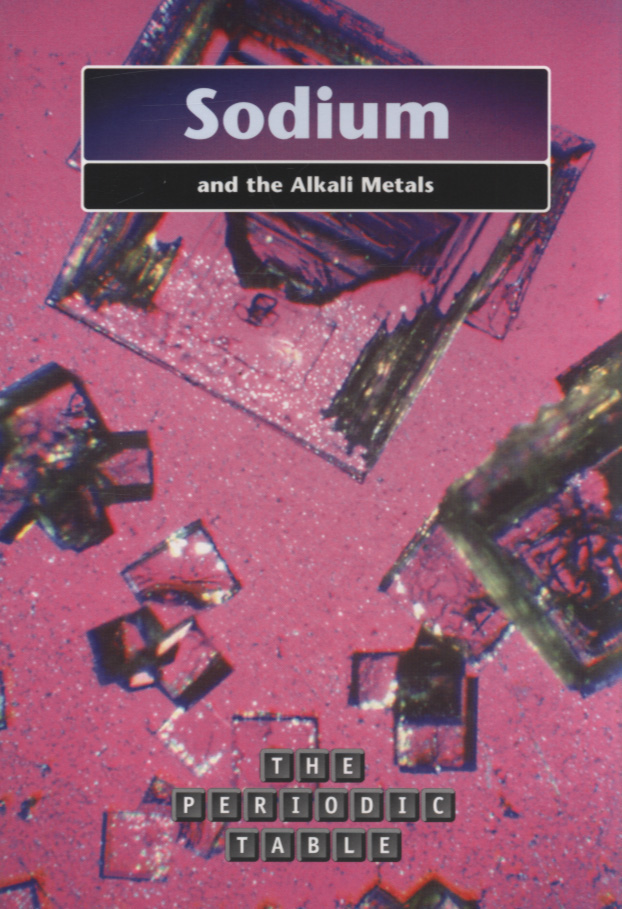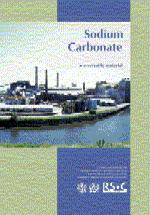Resources
Social, Moral, Spiritual and Cultural aspects in Computing
This resource consists of a series of suggested activities and dozens of topic starters for aspects of Computer Science and ICT relating to the Social, Moral, Spiritual and Cultural aspects of the subject. With questions as diverse as Do computers have intelligence? Do animals have souls? If computers are...
Society Now: UK by Numbers
The 'UK by numbers' series focuses on key areas, such as population, energy and health, and provide important and up-to-date statistics about the UK. The documents are taken from the Economic and Social Research Council (ESRC) magazine, Society Now.
...
John Eggleston presents a distinctive, wide-ranging and accessible sociological examination of the curriculum as an aid to an understanding of the present state of the school curriculum and...
A thermometer, a water-cycle model, a wave machine, a greenhousethese are just a few things students can make out of a simple soda bottle. This book features learning-rich, hands-on...
Sodium
In the build-up to the Christmas Lectures in 2012, the Royal Institution published a new video for every day of advent revealing the elements that really excite and inspire people. University of Nottingham chemist Professor Martyn Poliakoff reveals a symbolic attachment to his favourite element, sodium. As a...

This series uses a common or well-known element to look at the groups of the periodic table and to show the similarities and differences between elements. It uses full-colour illustration of the periodic table and...

This booklet presents learning material based on the manufacture and uses of sodium carbonate made by the Solvay process. The photocopiable worksheets are suitable for pre- and post-16 students.
Their aim is...
Sodium Ethanoate Stalagmite
In this video from the Teachers TV series Demonstrating Chemistry, Professor Hal Sosabowski demonstrates a solid...
Soft Drinks
In this Bowland assessment task, students are presented with the results of two surveys aimed at determining whether a new drink was preferred by teenagers or adults. The task is to determine whether or not the two surveys were fair and to suggest improvements to the method of testing. Students are required to show...

